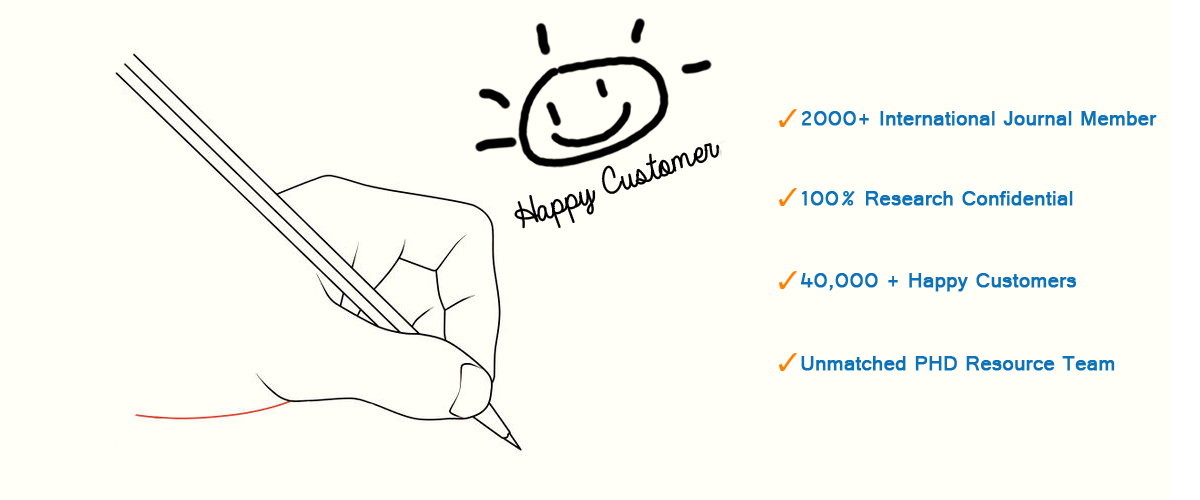ns2 project in Oregon
ns2 project in Oregon in addition, Lx informs all other
leaders of the changes to avoid the failed node
Within the affected cluster, jobs that do not involve the
failed node continue normally. However, jobs involving the
failed node will fail unless they utilize their own fault
tolerance mechanisms. The protocol’s distributed ns2 project in Oregon nature
makes it possible for more than one leader to try to restore
the same failed leader. However, due to the ns2 project in Oregon asynchronous
execution of the recovery protocol, the probability of
multiple leaders simultaneously initiating ns2 project in Oregon the leader recovery
protocol is very low. In addition, a back off mechanism
can be devised so that a leader can decide ns2 project in Oregon whether to
continue the protocol or stop because another leader has
already started it. One possible approach is to use the leader
ID such that the leader with the higher ID proceeds with the
leader recovery protocol, while others stop. However, in
case more than one leader starts the ns2 project in Oregon protocol at the same
time, an active agent ignores new activation messages, thus
will not be affected by the duplication. Moreover, the
leaders will eventually receive the broadcast LNRM and
respond to it, resulting in all but one leader to terminate the
leader recovery protocol. This protocol is used to report changes in the available
resources within a cluster or virtual cluster. The protocol is
triggered if one or more nodes (other than the head node) in
the cluster fail. When a leader Lx does not ns2 project in Oregon receive a
response from a descendant agent, then Lx, Pings the node of that agent to see if it is up and
running and still connected to the network.
2. If it is up, then Lx tries to remotely reactivate the
agent on that node using the AAM.
3. If the node does not respond, then Lx
a. reports the problem to the ns2 project in Oregon administrator,
b. excludes the node from the cluster or virtual
cluster,
c. updates the leader’s resources information, and
d. informs all other nodes on the cluster or virtual
cluster of the changes.
4. If the node is restored later, the ns2 project in Oregon agent on that node
informs the leader of its recovery and updates the
cluster and itself with the local routing information.
Jobs using the failed node will fail unless ns2 project in Oregon they utilize
their own fault tolerance mechanisms. In addition, the
protocol provides an automatic mechanism for new or
recovered nodes to be included back in the system. In this
case, the highest incurred cost comes from activating the agent ns2 project in Oregon and updating the clusters information. Nevertheless, this only occurs once per reactivated agent. In addition, the overhead here is limited to the cluster or virtual cluster to
which the failed node belongs, thus it does not have any effects on the rest ns2 project in Oregon of the system. With the hierarchical structure, the operations of the agents are more organized and efficient compared to having a linear structure where all nodes must see all other nodes at all times. The hierarchical structure also ns2 project in Oregon utilizes automatic startup and configuration mechanisms and dynamic agent allocations that reduce user involvement







